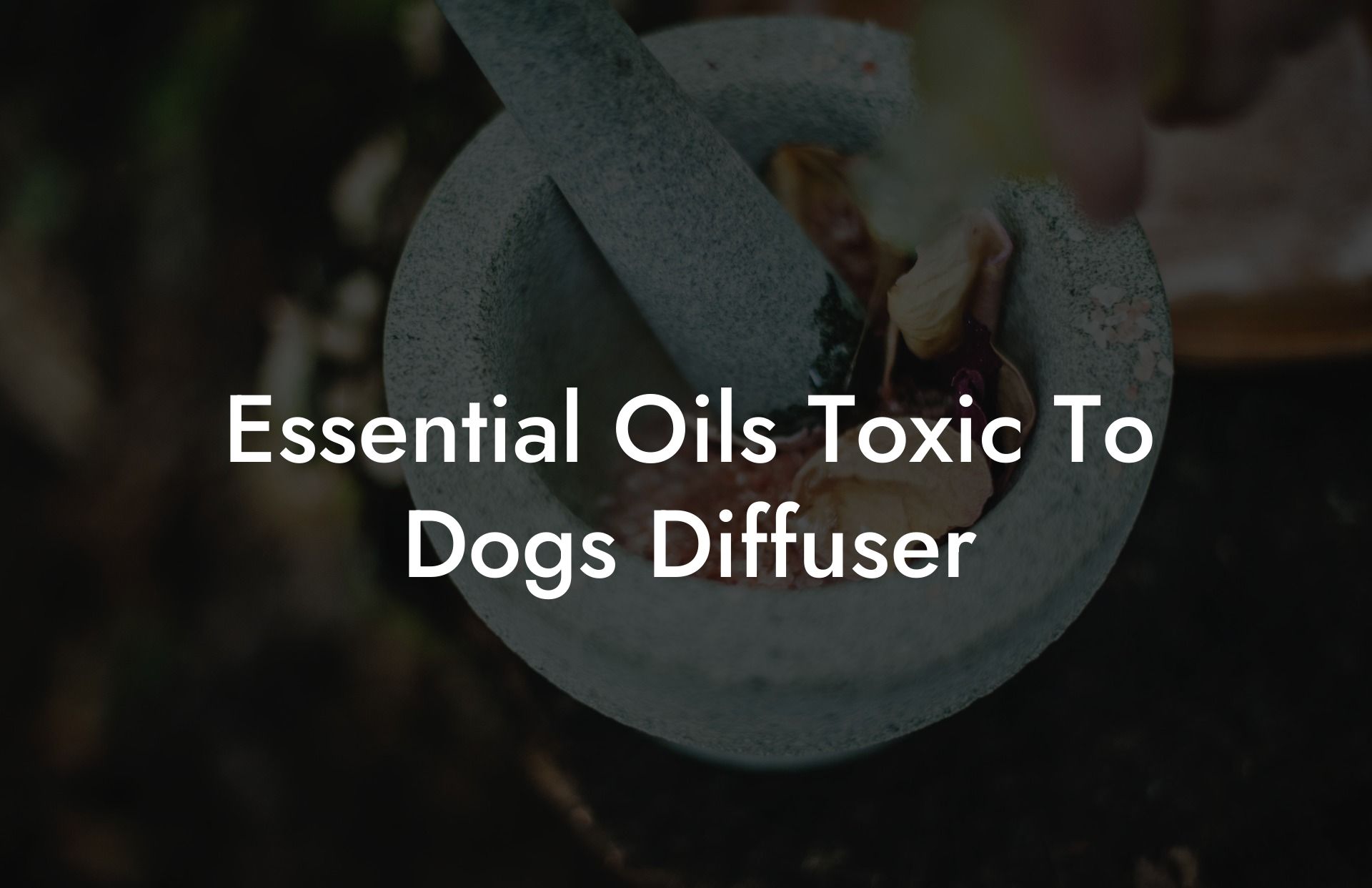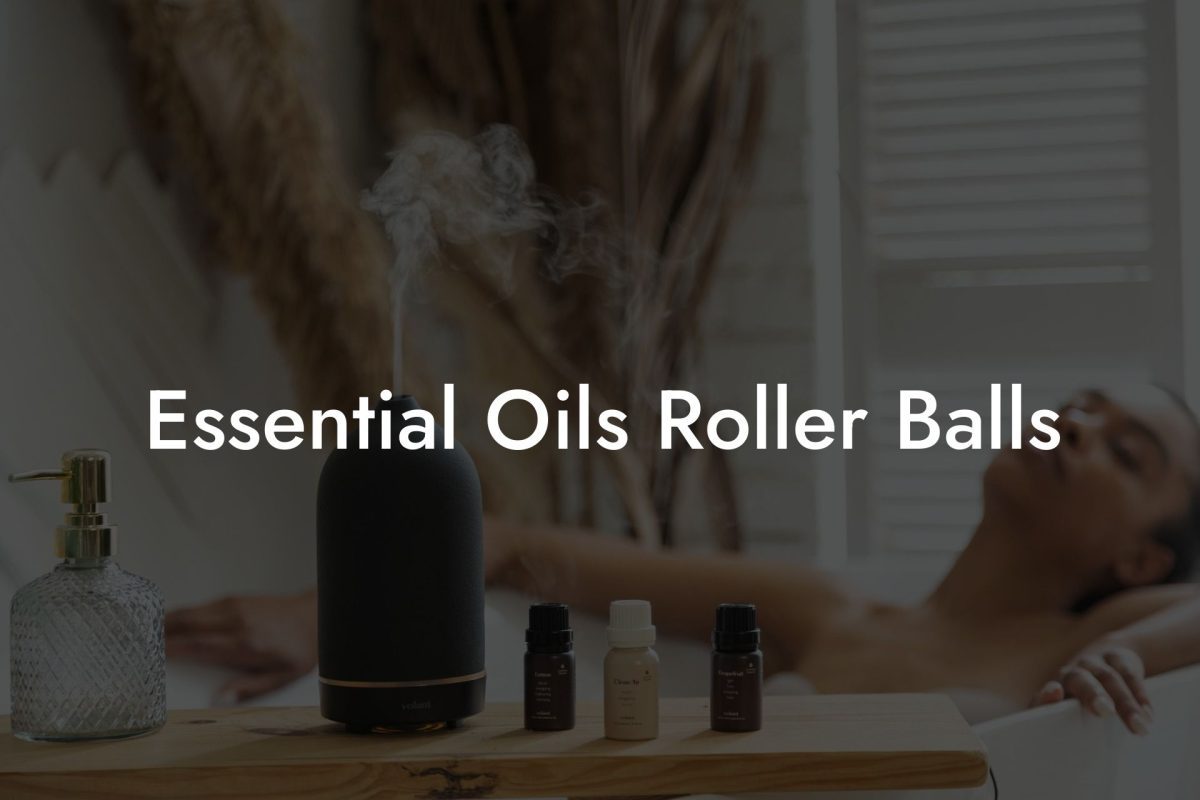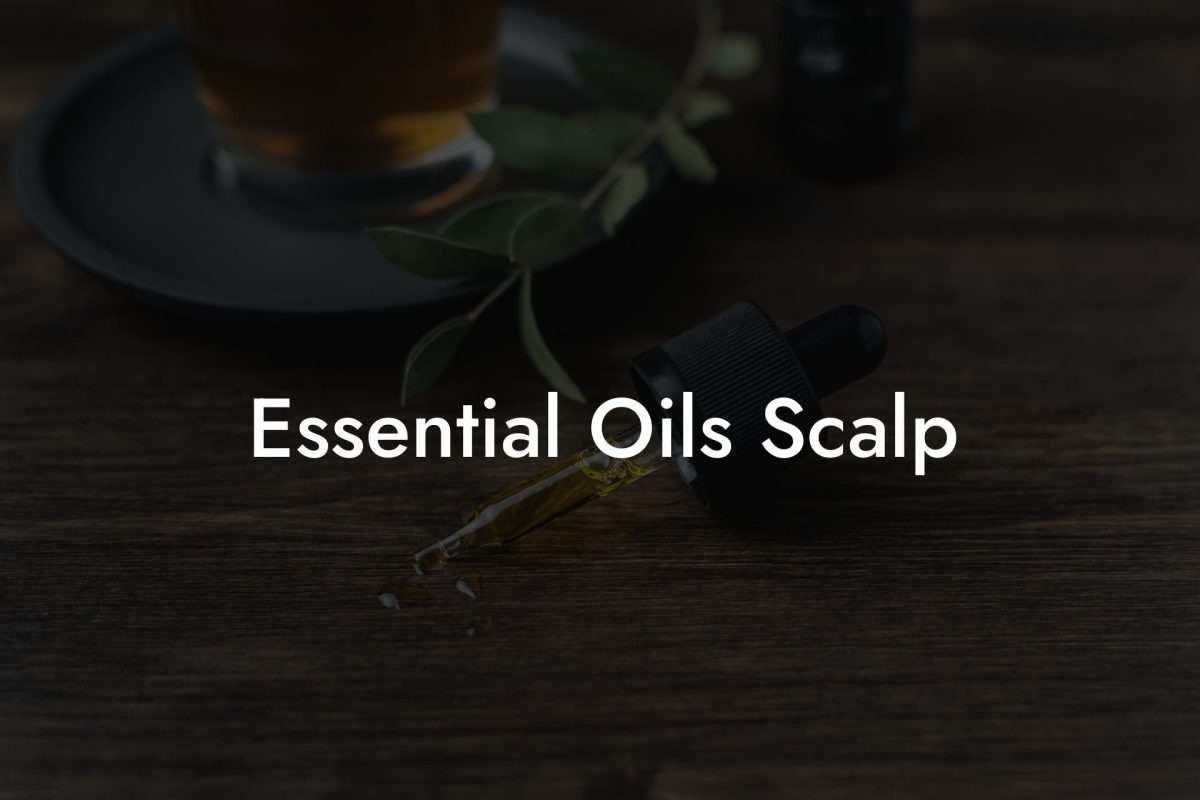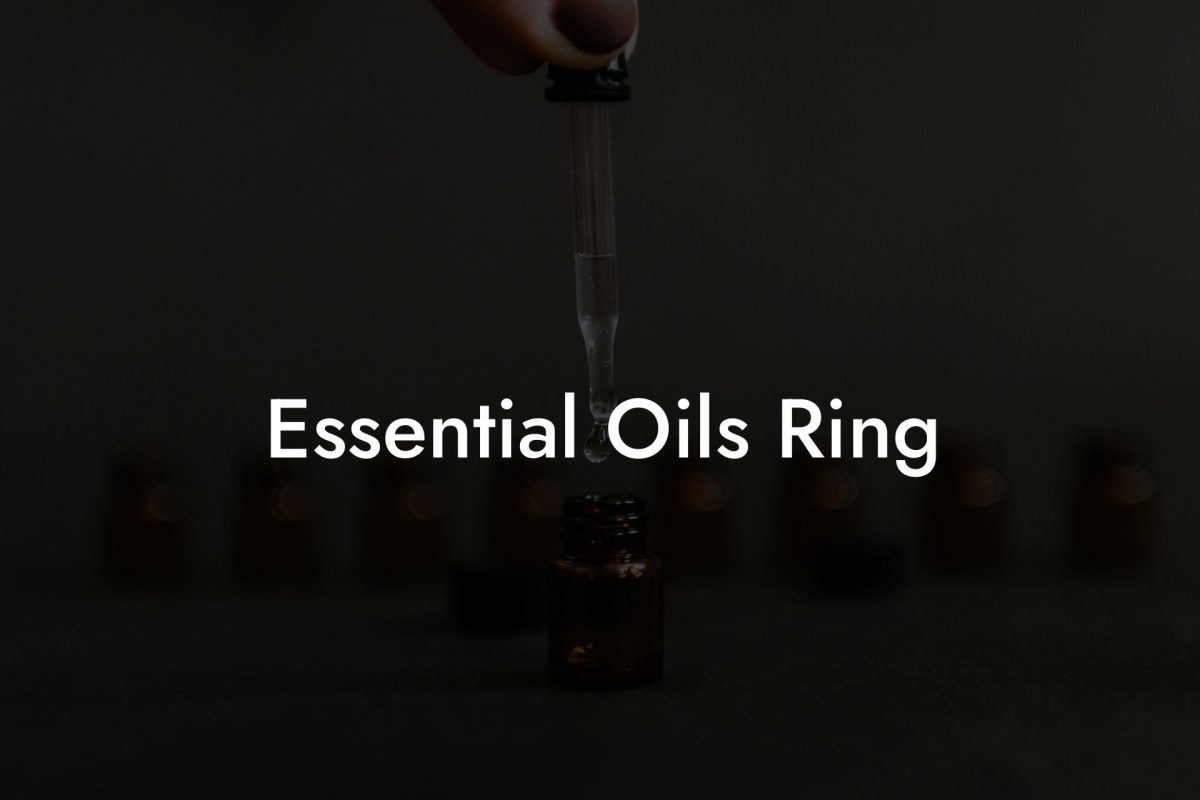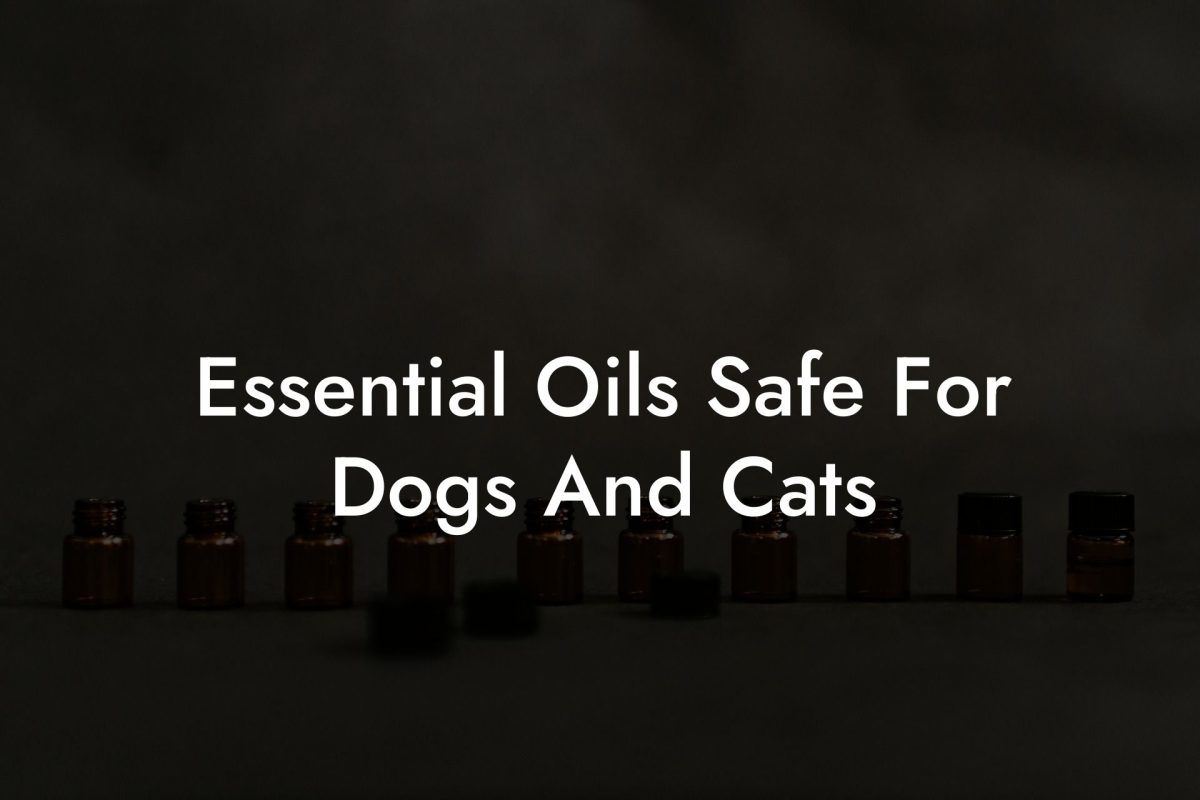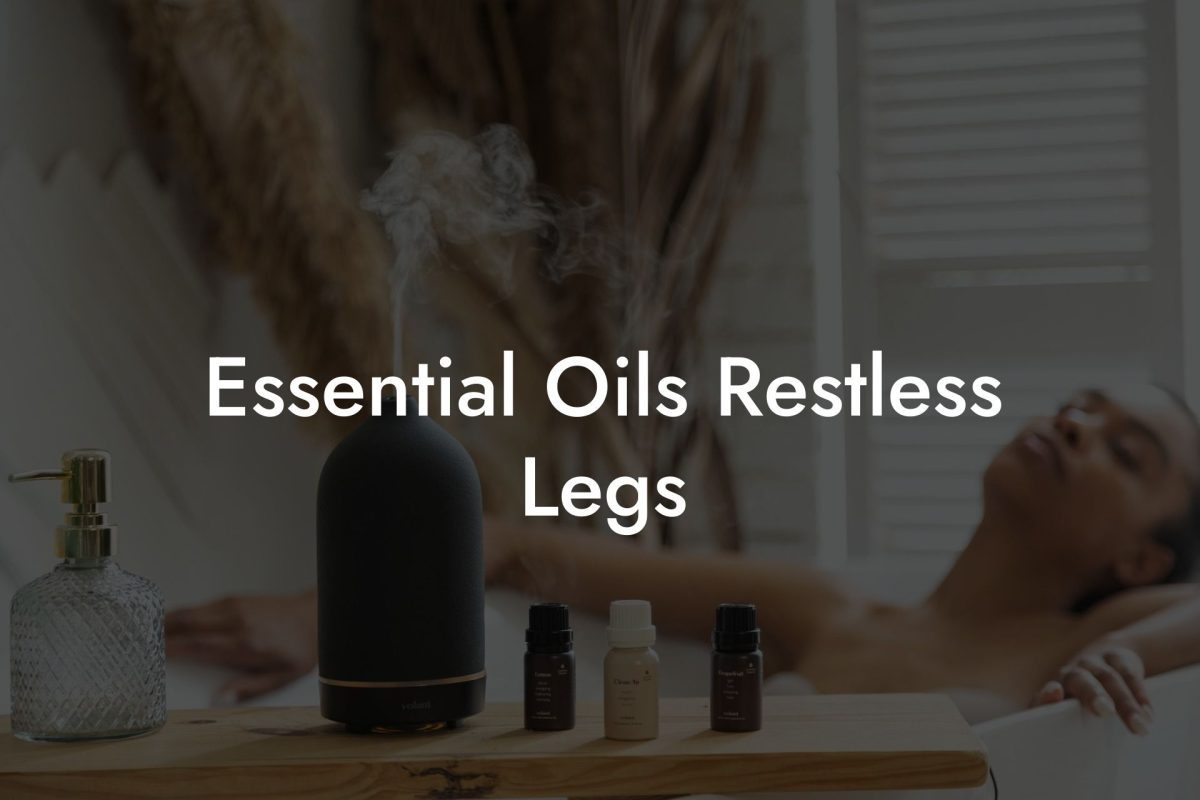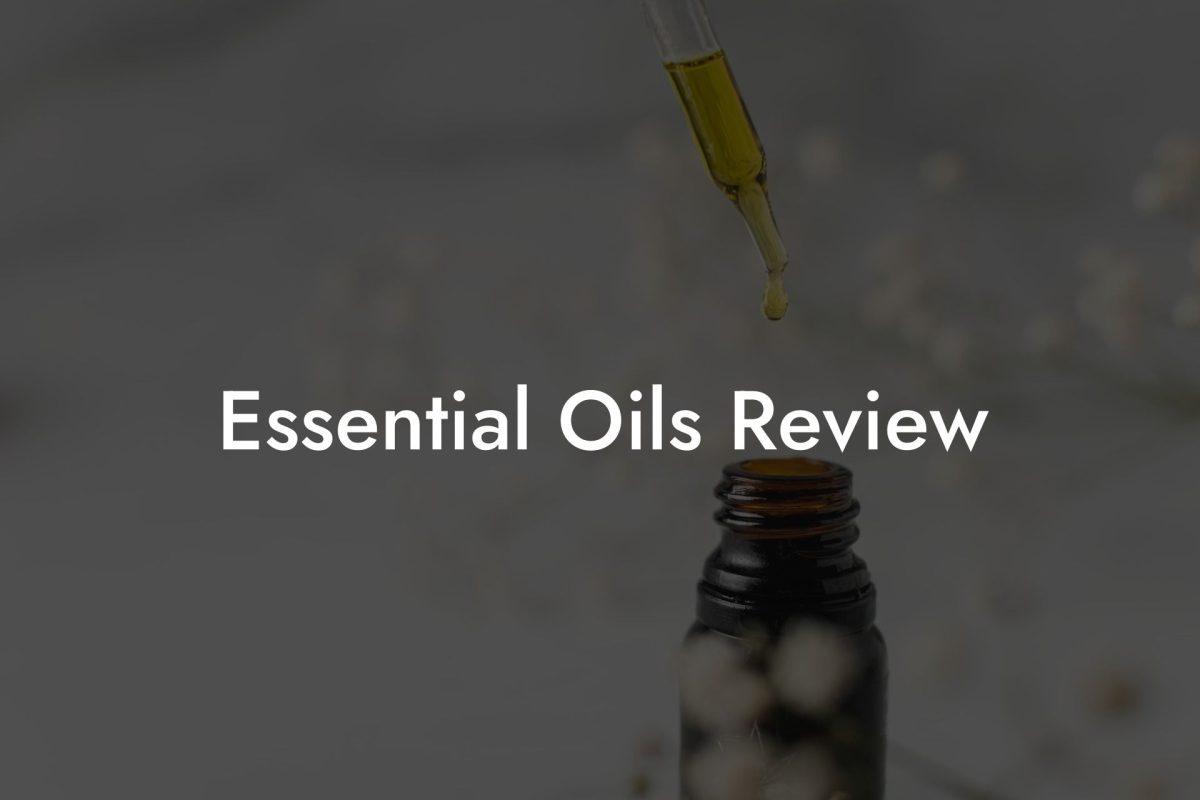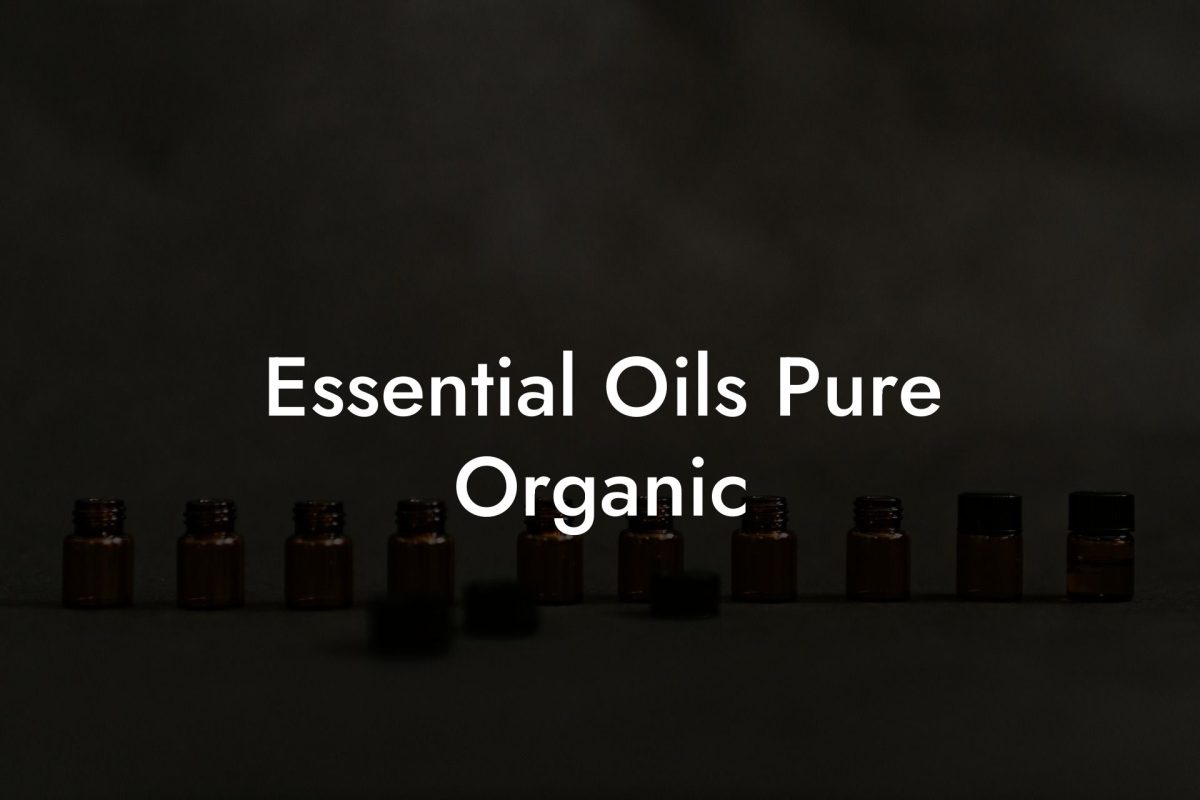Essential oils are a popular way to enhance our everyday lives, providing a multitude of benefits to our well-being and overall health. However, it’s crucial to be aware that our beloved pets may not react to these aromatic compounds in the same way we do. In this article, we’ll explore the types of essential oils that can be toxic to dogs when used in diffusers, and provide guidance on how to safely use these oils to ensure the safety of our furry family members.
Table of Contents
Understanding Essential Oils and Their Effects on Dogs
Essential oils are concentrated plant-based compounds that can offer physical and psychological benefits to humans. However, they can also pose risks to our pets due to their sensitive smell receptors and differences in metabolism. Below are some reasons why essential oils can be harmful to dogs:
– Dogs have a much stronger sense of smell compared to humans, which makes them more susceptible to the potentially irritating effects of some essential oils.
– Some oils may also contain compounds that are difficult for dogs to metabolize, leading to adverse symptoms or even toxicity.
– Exposure to concentrated oils can also cause skin irritations, respiratory issues, and other side effects in dogs.
Essential Oils to Avoid for Your Dog’s Safety
While not all essential oils are harmful to dogs, knowing which ones to avoid can help protect your pet’s well-being. The following oils are considered toxic to dogs and should never be used in a diffuser or applied topically around them:
1. Clove: This oil can cause respiratory and digestive issues in pets, as well as skin irritation and even liver damage.
2. Tea Tree: Also known as melaleuca, tea tree oil is infamous for causing adverse reactions in dogs. Overexposure can lead to depression, weakness, and tremors.
3. Wintergreen: Containing high concentrations of methyl salicylate, wintergreen oil can be toxic to dogs and cause gastrointestinal and neurological symptoms.
4. Ylang-Ylang: This sweet-scented oil can lead to vomiting, drooling, and tremors in dogs when diffused.
5. Peppermint: While some sources claim that peppermint oil can be beneficial at low concentrations, it’s generally best to avoid it around dogs, as it can cause respiratory distress and skin irritations.
Safer Alternatives for Dog-Friendly Aromatherapy
Luckily, there are plenty of essential oils that can be safely used around dogs, providing an opportunity to enjoy the benefits of aromatherapy without risking your pet’s health. Here are some safer alternatives:
– Lavender: This calming oil has been shown to reduce stress and anxiety in both humans and pets.
– Chamomile: With its soothing properties, chamomile oil can help alleviate skin irritations and promote relaxation.
– Frankincense: This oil has been used to support the immune system and promote a sense of wellbeing in dogs, as long as it’s used in moderation.
– Cedarwood: Great for repelling fleas and ticks, cedarwood oil also has a calming effect on pets.
Essential Oils Toxic To Dogs Diffuser Example:
To create a dog-friendly essential oil diffuser blend, you can mix the following oils:
– 4 drops of Lavender
– 3 drops of Chamomile
– 2 drops of Frankincense
– 1 drop of Cedarwood
Remember to always use a well-ventilated space and monitor your dog’s response to ensure they are comfortable with the aroma.
We hope that this guide has increased your awareness of the potential toxicity of some essential oils to dogs when used in diffusers. By choosing safer alternatives and being mindful of your pet’s specific needs, you can enjoy the benefits of essential oils without posing any risks to your canine companion. We encourage you to share this important information with fellow dog owners, and explore the wealth of resources available on Oshu Oils’ blog. To fully embrace the world of aromacology, be sure to browse our extensive range of expertly crafted, artisan essential oils designed to bring balance and harmony to your modern lifestyle.

